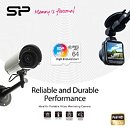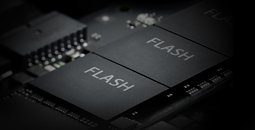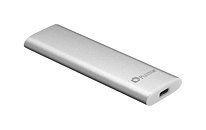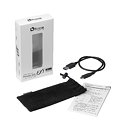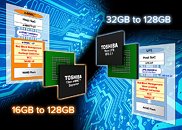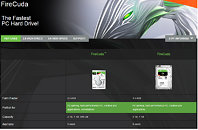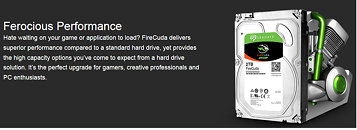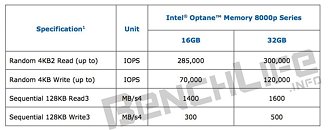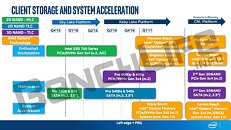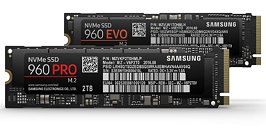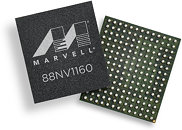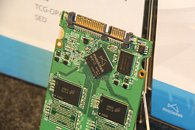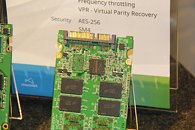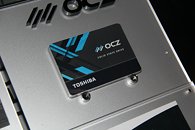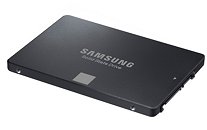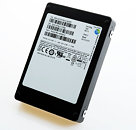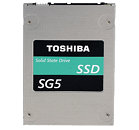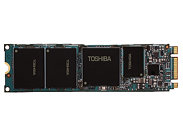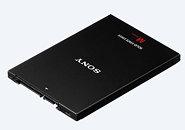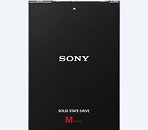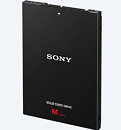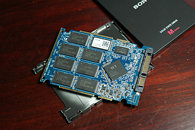Silicon Power Announces High-endurance SD Cards
SP/ Silicon Power, a leading provider of memory storage solutions, launches its new High Endurance microSDHC/microSDXC cards especially designed for car video recorders, security cameras and surveillance systems. These write-intensive applications crucially depend on the highest level of reliability to provide trustworthy proof in the most decisive moments. Equipped with high-quality MLC NAND flash chips, SP's new high Endurance micro SDHC/microSDXC card meets this special requirement by achieving up to 12,000 hours of 64 GB Full HD video recording.
Additional key features for reliable and speedy performance are the card's built- in error correction code (ECC) function technology for high data transmission safety and full support of Ultra High Speed Class 3 (U3) specification.
Additional key features for reliable and speedy performance are the card's built- in error correction code (ECC) function technology for high data transmission safety and full support of Ultra High Speed Class 3 (U3) specification.
